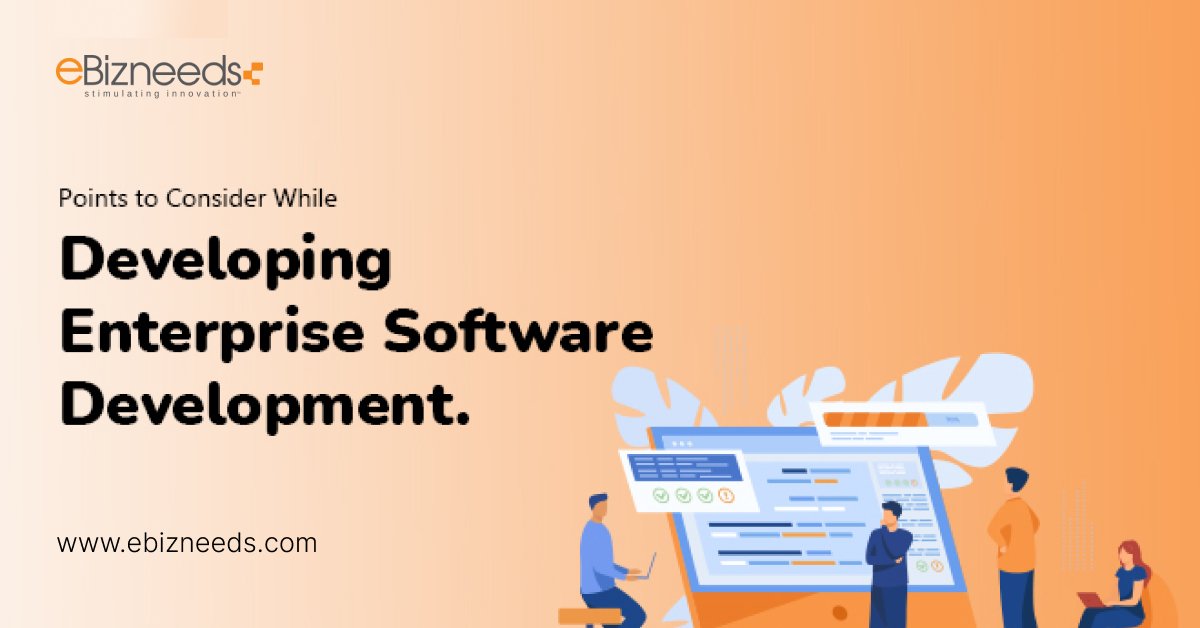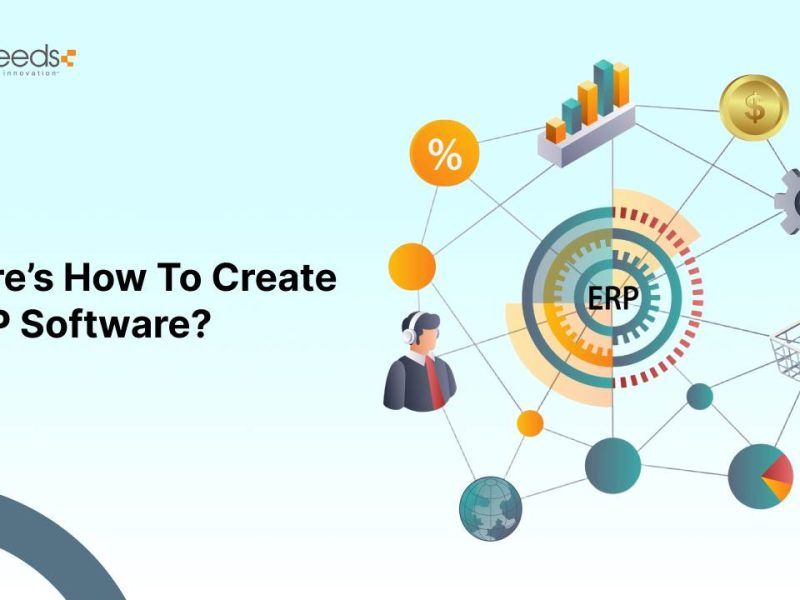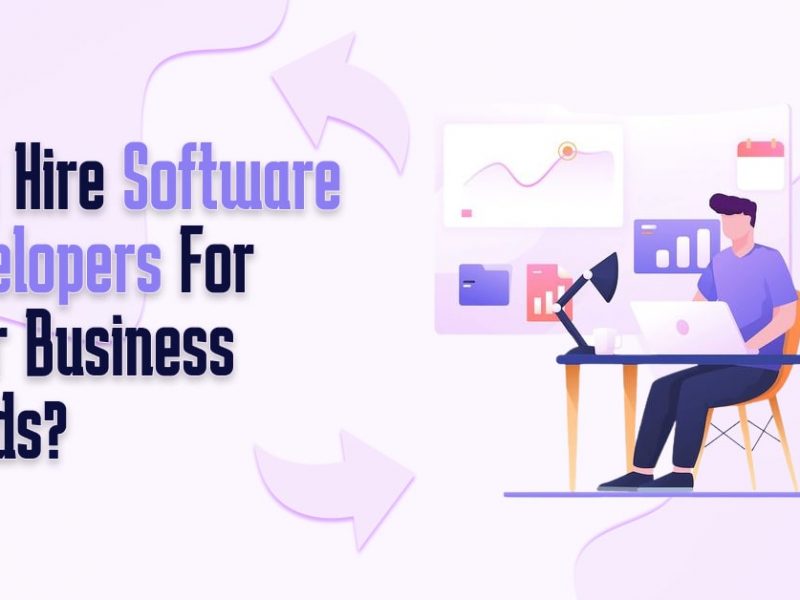Last updated on August 8th, 2024 at 07:33 am
Fast-thriving companies rely heavily on enterprise software to optimize their business functions. Surprisingly, the value of the enterprise software market reached 396 USD million.
But what is the problem? Some off-the-shelf enterprise solutions do not meet the requirements. These all have lack of flexibility. They are often either considering outdated code or too lightweight that creates challenges to meet growing business demand.
Because of this, some businesses choose to make enterprise software instead of using already-made software systems. We have considered the enterprise software development process to help you get started with your enterprise software development project.
Before we jump into process of enterprise software development, let’s first define what enterprise software is all about.



What is Enterprise Software?
Enterprise software is a computer program that meets needs of large businesses rather than individual users. These needs are data processing, business development control, advertising, and client service.
These solutions helps to integrate and scale with a large user base. Large ministries, enterprises, healthcare startups, merchants, and sectors like sales, tech support, revenue, and banking utilize this software.
As a result, this kind of software demands trans-disciplinary methodologies and processes to manage larger data sets. For example, a human resources-focused business app will have different HR capabilities.
It will enable the professionals to use the concrete platform and develop data simultaneously. This software assists you in automating countless processes and activities with fewer efforts.
It also provides meaning to your company’s management. In the next section, we will go deeply through the types of enterprise software.
Types of Enterprise Software (With Real-World Examples)
When considering an investment in the best enterprise software development, you likely already know what kind of software you are interested in developing.
But now, let’s discuss the types of enterprise software with real examples that can crystallize your vision.
Enterprise Resource Planning (ERP)
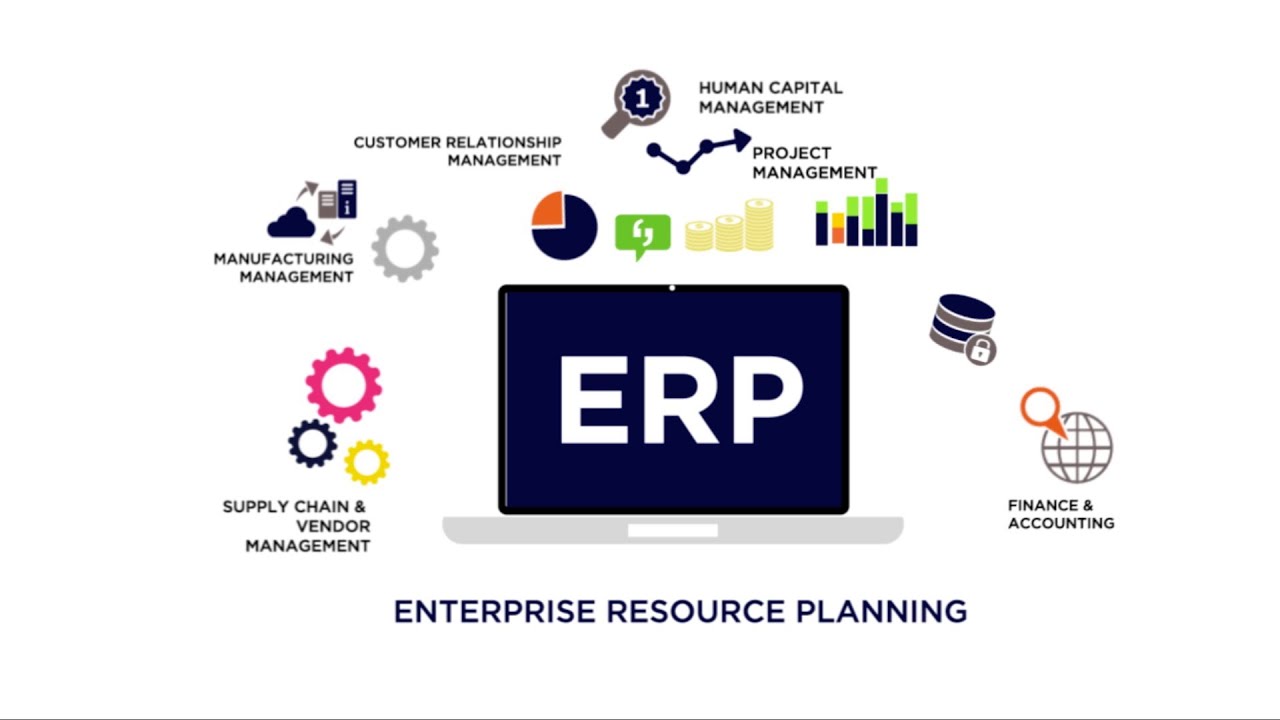


An ERP system is a software solution that integrates the core procedures and functions of the company onto a single platform. These are accounting, supply chain, sales, and inventory management.
It performs as the “single source of truth” to ensure data integrity across the business. There are different ERP software solutions on the market. These are SAP Business One and Oracle NetSuite.
Because an ERP system is key to a business’s functions, it is not uncommon for both midsize and large enterprises to move towards ERP development. It aids in the effective completion of business and operational requirements.
Example:-
Stratify Solutions is a US-based tech consulting company requiring contract management lifecycle software. It aids in streamlining contract workflows to manage the contracts. These contracts include contract renewal, creation, negotiation, language reviews, and approval.
Off-the-shelf ERP software solutions intend to manage many workflows, not just contract management. Hence, if Stratify Solutions had chosen this ERP software, they would have ended up with an overstuffed technique.
It would need significant personalization or workarounds to be usable. For such reasons, an ERP software system is highly efficient.
Customer Relationship Management (CRM)
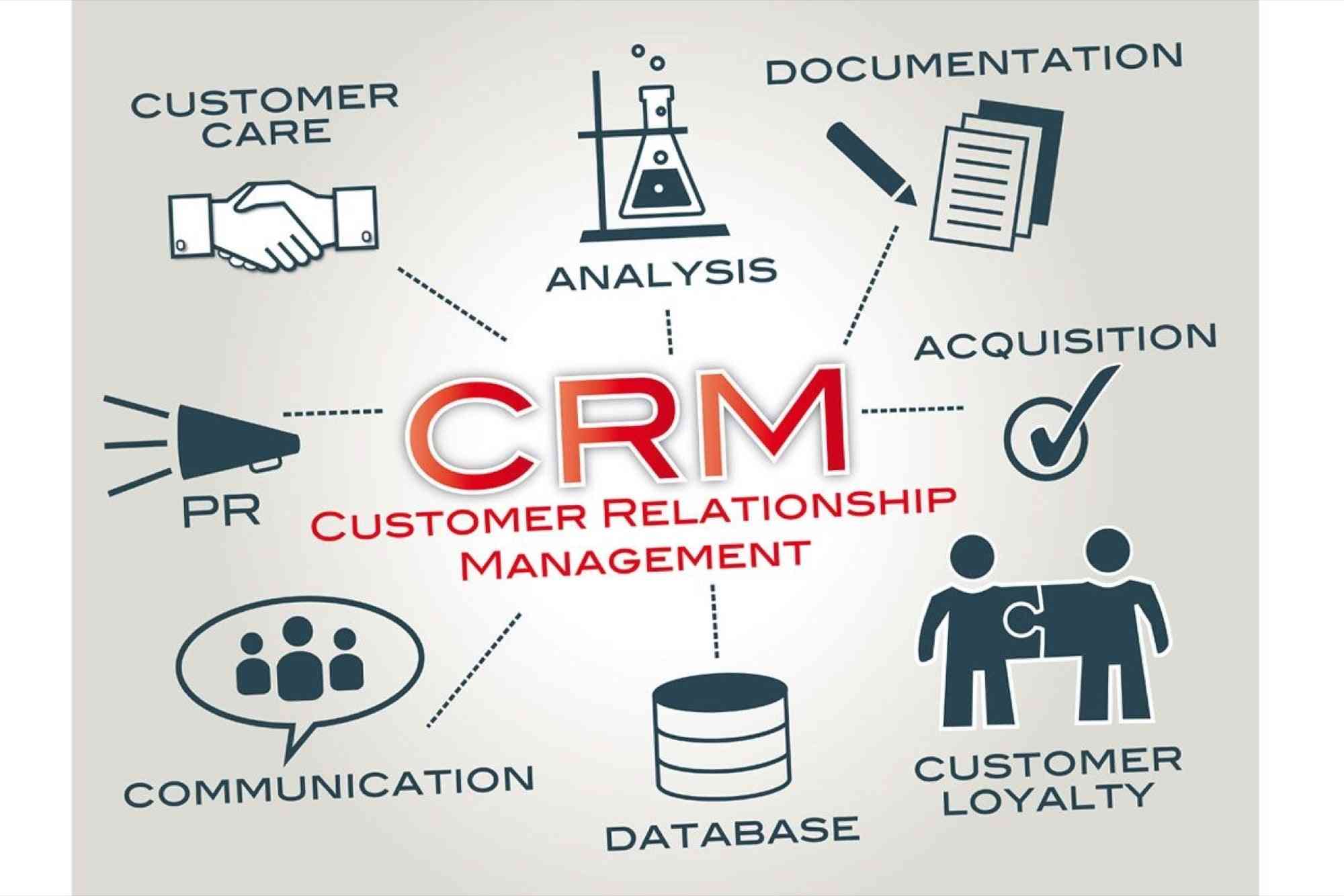


Source: Entrepreneur
This system handles a company’s relationships and interactions with all customers and potential customers. CRM systems can support marketing and sales organizations. It helps trace sales leads and lead communications, manage customer accounts, and offer customer assistance.
Salesforce considers the industry standard for CRM. However, many other lower-cost tools are accessible to grow businesses. These businesses are Zoho, Hubspot, and Pipedrive.
Example:-
Inviso AS is a Norwegian real estate digital marketing agency. It delivers services for property brokers. They set out to develop a custom suite of techniques. And it supports their collaborations with B2B suppliers, customers, and third parties.
The CRM implements to collect, place, and manage orders.Furthermore, it assists in visualizing materials, booking suppliers, managing in-house resources, and assigning tasks. Quality assurance and customer preference management are also facilitated by it. Because it meets all investors business needs, it is a practical long-term investment.
Supply Chain Management (SCM)
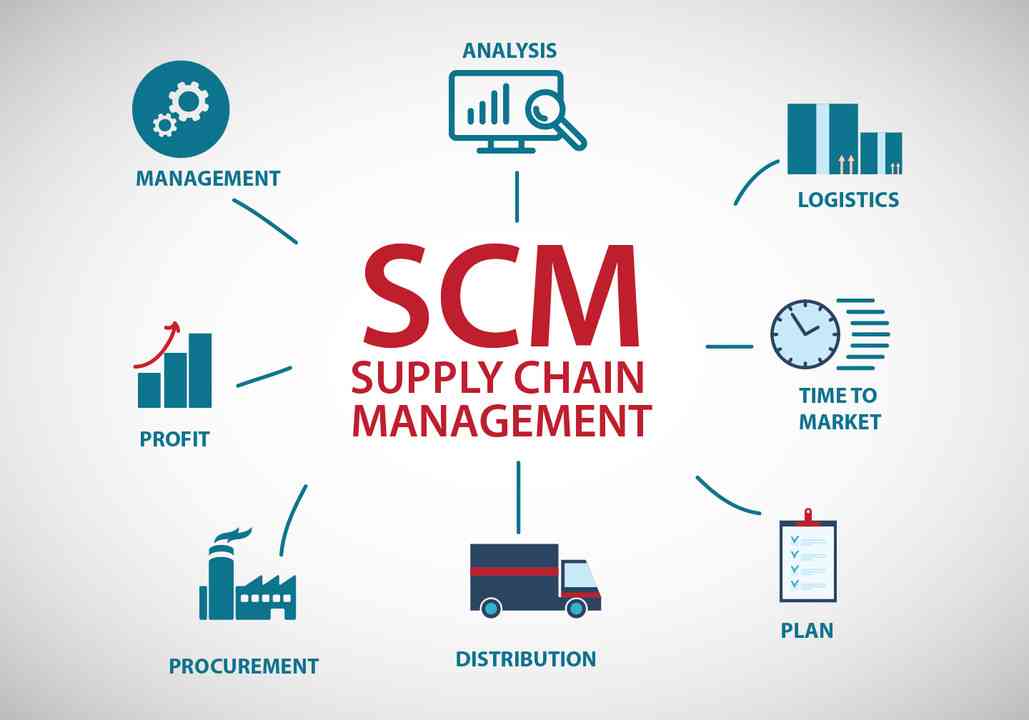


Source : IRC Group
It helps the organization control and manages the flow of work across the enterprise in the supply chain. A SCM can support businesses in managing supply chain operations more significantly.
These are production planning, supplier sourcing, demand planning, and product and supply transportation. Common SCM techniques are Oracle SCM, SAP SCM, and Logility.
While one or more of these products may match a business’s requirements, sometimes an SCM is required.
Example:-
SourceRooms is an e-sourcing service that helps implement tender-based sourcing procedures. It develops to optimize the supplier selection procedure, which provides a way to access and contrast all vendor-related procedures, such as artifacts, on the one-site.
Human Resources Management (HRM)
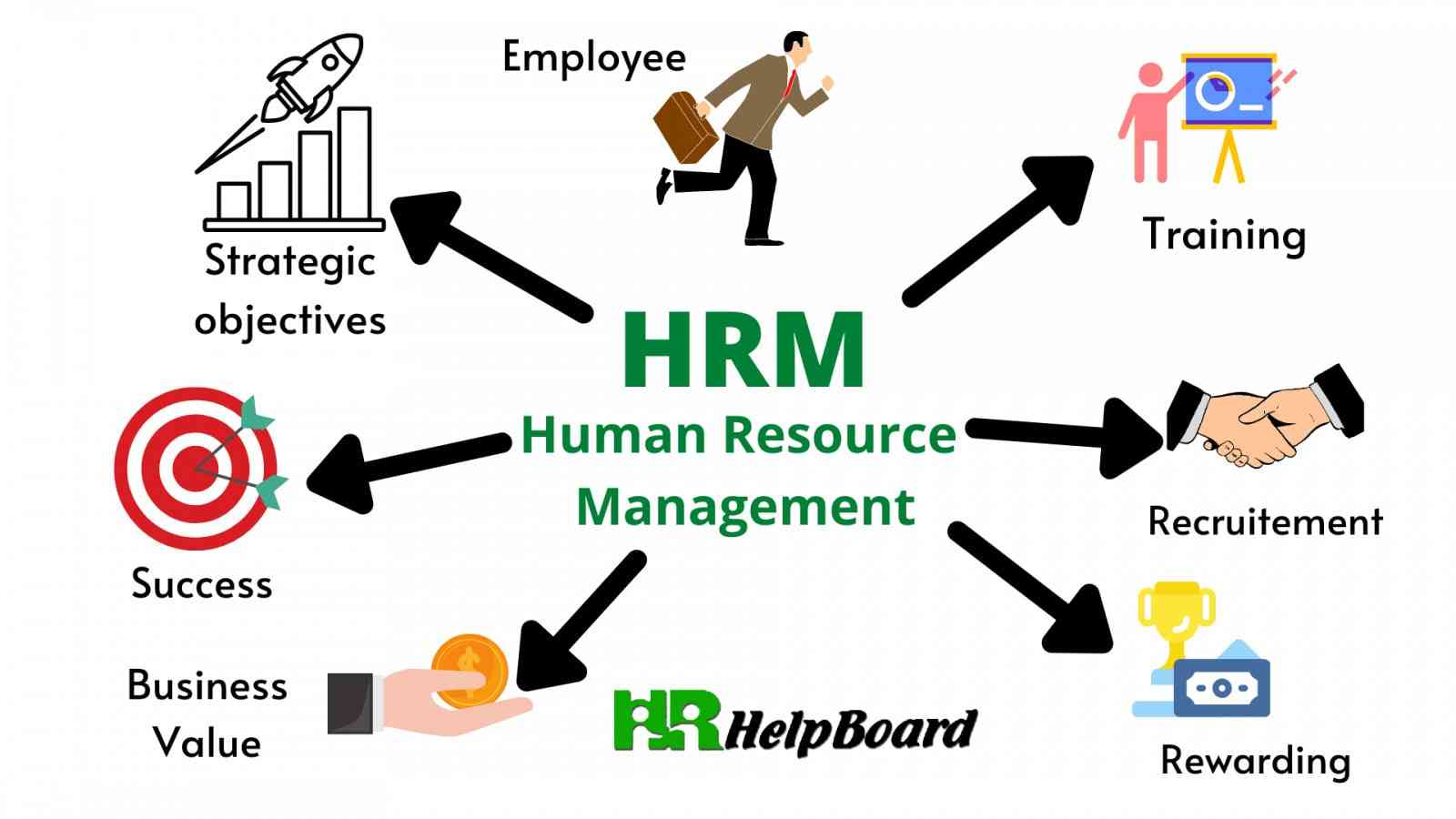


Source : NASSCOM Community
A HRM system implements to manage employee data and automating HR-related procedures. HRM systems commonly store employee contact data, performance reviews, and job histories.
These systems can support HR managers in solving complaints about tax laws. It also aids in tracking accrued time off. As a result, it helps to automate the performance review cycle. The HRM software types are pretty different from each other.
Some HRM techniques, such as PeopleStreme, lean more toward payroll management. Moreover, Monday.com supports the development and automation of the processes and workflows of HR.
A custom HRM solution may be the right choice for businesses. It doesn’t want to integrate and match different systems to meet unique business requirements.
Example:-
Humly is a Swedish-born software development company that has built a custom web app. And it is intended to assist the students in finding part-time jobs. It also supports the universities in filling temporary job vacancies.
This two-way platform supports managing student and school data as it meets the requirements of both parties. Personalizing the current HRM system wouldn’t have made much of a difference. Because pre-packaged HRM systems don’t usually work with Studientvikarie’s industry and app,
Business Intelligence (BI)
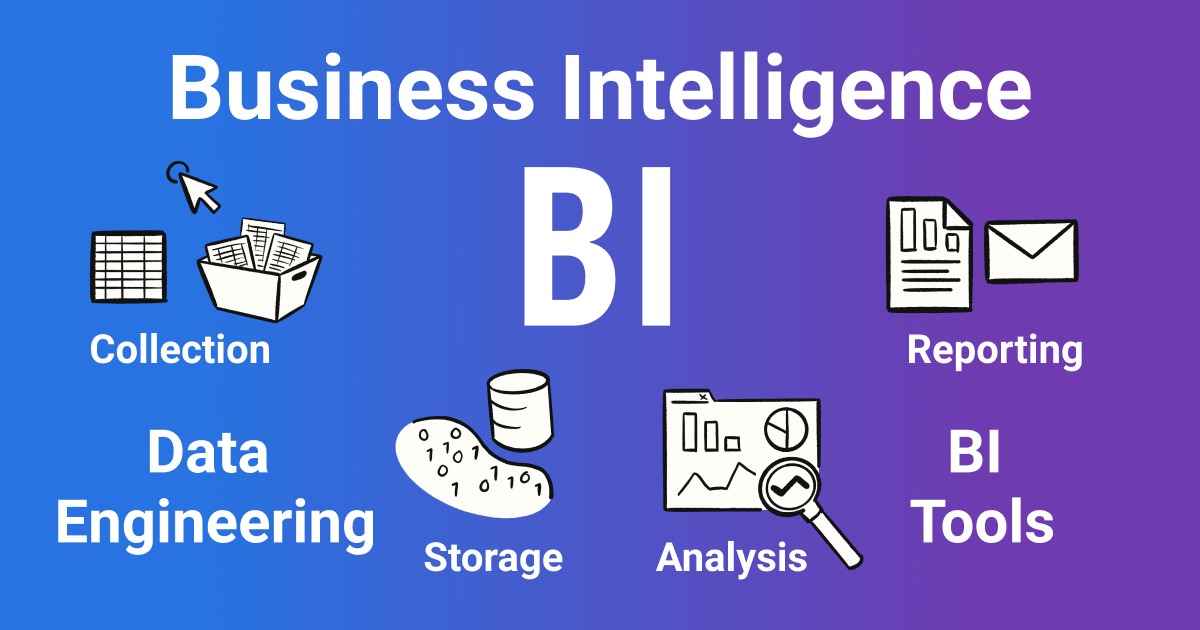


Source: Chartio
This BI system generally considers a data warehouse, data visualization and mining, robust reporting, and an analytics platform. A BI system can support companies in making sound decisions, enhance operational efficiency, and increase their competitive edge.
It also provides access to data sets from across the organization in one place. Recognized BI systems include Tableau, Power BI, and QuickSight.
These solutions will require advanced data engineering skill sets for significant development and management. Customization is also necessary to ensure proper integration with all required data sets.
Some companies opted to develop their own BI systems or dashboards for managing their information and meeting their BI assessment requirements.
Example:-
TD Reply GmbH is a Berlin-based software development company. Customized BI systems have been developed by the company. Through its data-driven services, it helps business leaders understand cause and effect.
You can also use it to keep track of your competitors’ strategies and track the business drivers.
Points to Consider While Developing Enterprise Software Development
Some of the features that must include in the enterprise software development for your company are:
Integration
Currently, 67% of businesses use data aggregation to enable BI platforms and web analytics. Moreover, 24% of companies expect to perform it in the next 12 months. Data integration is a significant point that must consider while developing enterprise software.
A key reason for businesses is to develop enterprise software apps. It helps to ensure seamless integration with all third-party apps and other critical applications. It can contribute to the success of their business growth.
Scalable
One of the significant points to consider while developing enterprise software is scalability. With its support, the application will be competent for sustaining usage development without exposing the user interface and revenues.
Research conducted by the enterprise strategy group. It shows that 66% of companies consider their IT ecosystems to be highly complex compared to what they were two years earlier.
Moreover, 46 percent expect to enhance and grow their internet infrastructure. It shows that a firm with a plan needs scalability in its enterprise app development.
Secure
The next feature is security, which must consider while developing enterprise software. The IT security industry’s revenue has reached $125.3 billion globally. App and information security are crucial for firms developing apps.
Data breaches, leaks, losses, and other security issues are problems. It increases corporate app software security spending. Thus, EAS provides this crucial function to enterprises, relieving them of data and information conflicts.
Multifunctional
One app may meet multiple needs and provide numerous services. Companies choose enterprise apps for their multi-functionality. Hence, it is a key point to consider while developing enterprise software.
Our multipurpose software supports EAS apps for large-scale challenges. It empowers various people with diverse roles and activities, and the data contributes to such a program.
Let’s move on to the benefits of Enterprise Software development.
Benefits of Enterprise Software Application
Many enterprises don’t compete in business at a global level. Right?
How’s that feasible here?
Enterprise Software development helps save money and time, centralize systems, streamline processes, and operate your company smoothly.
It leads to corporate software integration.
ERP software is functioning via business networks, intranets, and the Internet. These business software platforms can link many departments and streamline data flow.
Security needs, rules, and laws must follow during enterprise software development. These advantages may boost firm profits. This enterprise-driven software can transform your company to growth.
Enterprise Resource Planning Applications
ERP software helps enterprise software development companies to monitor, track, and evaluate operations.
Today, businesses run on enterprise resource planning.
This enterprise system handles HR, manufacturing, distribution network, services, and procurement.
When is ERP required?
- First, when important daily operations and company processes take longer,
- Secondly, you can’t respond to your business’s most crucial income per product or product offering issues.
- Third, because most departments use their programs, you waste too much time on unnecessary data input.
For the above things, an Enterprise Software development Company requires an ERP system.
Business Intelligence Applications
Business intelligence is a unique mix of business analytics, complicated data mining, visualization, tools, and infrastructure.
Data can lead to change, remove inefficiencies, and swiftly respond to the market.
It can also make supply transitions using business-oriented technologies and accounting software.
Business intelligence has long helped firms to make better and more actionable decisions. It is done by:
- Analyzing customer behavior and creating interest-based user groups.
- Project management performance may be precisely recorded and compared to rivals.
- Simplify order processing, stock management, and online payment.
- The entire software development company can foresee successes and recognize market trends quickly.
- You can build business intelligence solutions. It helps you make better decisions, do real-time web analytics, and quickly eliminate business problems.
Human Resource Management Applications
What makes a software development company successful?
People are your actual assets. Thus, company software must have effective HRM software. Large companies with engaged workers provide high-quality work, satisfy customers, and increase productivity.
HRM tools handle hiring, payroll schedule, staff preparation, and performance analysis. It also manages the payroll, provides staff training, and the HRM software interface.
Before selecting a large-scale program, consider the following:
- Simple to use
- Easy integration
- Multiple-access facility
- Ready-to-use reports
- Third-party tool integration
Customer Relationship Management Applications
Custom Relationship Management (CRM) software helps major companies to maintain client interactions.
It is a time-saving and effective type of enterprise software development. We used to monitor consumers by name, email, phone number, website, address, and kind of client, data bought, and much more in old worksheets.
CRM can keep tracking all data. For example, leads are scored based on triggers, business size, multiple agreements, notes, background information, and more. Business-oriented solutions help companies to manage client data, sales leads, corporate information, and more.
Supply Chain Management Applications
Supply chain management software tracks and controls it. SCMs can identify who and what has been modified.
Supply chain management is necessary to properly monitor distribution networks, procurement, logistics, or other vital aspects. After discussing the benefits of Enterprise Software development, here we will take a closer look on Enterprise Software Development Process.



Process of Enterprise Software Development
Let’s explore essential process of enterprise software development.
Discovery Phase
Initially, the firm’s objectives and needs are examined, requirements are collected and formatted, and the project’s big picture is developed. This phase is dominated by project managers (PMs) and business analysts (BAs).
Estimation And Planning
The project plan should include objectives, timelines, budget, tasks, and other critical details.
At this phase, a PM, BA, and project owner (or stakeholders) investigate the market environment, competitor solutions, and project details. These efforts usually provide a product MVP.
Design
The system design creates the software architecture from the blueprint and all the blueprints. Usability is best achieved by thinking like the user. It typically helps to prototype to complete this.
Development
The most technically difficult step is when developers begin filling the “architecture carcass” with functional “meat”.
Enterprise software development features and functions aids in transforming things into action. Back-end developers initially create internal processes. These are usability logic, APIs, databases, server functions, and other core aspects.
A front-end developer also creates features and interactive aspects that people may utilize immediately after making the product.
HTML, CSS, and JavaScript are used to build visual designs and user interfaces. Hence, you can hire dedicated developer to effectively implement the technologies.
Testing
Quality assurance professionals do functional, loading, unit, speed, security, and compatibility testing.
This phase of the enterprise software development process enhances and prepares the product for distribution. Several iterations for correcting bugs and testing combine automated and human processes to ensure that everything is perfectly in place.
Deployment, launch, and support
It is crucial to deploy the product correctly. Mobile apps must be displayed to suitable marketplaces.
As well as web solutions must be optimized for several browsers. After launch, assistance is required to polish and enhance the product using customer input.



Enterprise software development tech stack
It might be challenging to design enterprise software. We must comprehend the enterprise’s issue, which is challenging. A corporation needs the correct IT stack.
The demands of the software development company determine which stack to use.
Back End Tech Stack For Enterprise Software Development
The server-side stack is a subset of the back-end technology stack. The end user is not able to see this.
It includes databases, administration, and business logic.
It makes sure all enterprise software development features and components work together.
The website’s internal operations are hidden from the end user. Backend stacks include:
- Programming languages: It generate the logic for apps and websites.
- Frameworks:They help apps by offering assistance.
- Servers: they oversee customer requests.
- Databases: they hold data, papers, web pages, etc.
NodeJS, PHP,.NET, Python, and other backend technologies are available.
With the use of its tools and well-organized code, it develops web applications.
You can hire dedicated developer to choose best Backend technology for enterprise software project.
Front-End Tech Stack For Enterprise Software Development
The frontend tech stack is also known as the client-server stack.
What is User-side software?
It allows a user to communicate with the software. Both online and mobile development use it. A website’s code is managed by this component.
- HTML, CSS, and JavaScript are the languages we use for the web.
- Content is created and placed using HTML.
- CSS is used to style online information. Its programming language is called JavaScript.
- Native and hybrid technology may be used for mobile. HTML, CSS, and JavaScript are the foundation of hybrid Native for Xamarian, Java, Kotlin, etc.
The front-end tech stack includes tools like ReactNative, AngularJS, Vue.js, and others.
Popular Technology Stacks For Enterprise Software Development
For enterprise development, the most typical and well-liked stacks are:
- MEAN stack
- LAMP stack
- ROR stack
- .NET stack
What is the Cost of Enterprise Software Development?
How much a project will cost in the end is the hardest question to answer.
As, it depends on so many different factors.
These are the project’s scope, team size, architecture complexity, the addition of advanced enterprise software development features, and so on.
You may generate a preliminary estimate by adding the conditions of working with a hired development team.
After the project begins, enterprise software development process may evolve and take on new shapes, making managing the budget much more challenging.
So, instead of giving you the most conservative statistical estimate of $75,000–$750,000, we suggest you contact a reputable firm for consultation and estimating calculations.
It should be based on a specific idea and project plan.
Some of the things listed below can help you to figure out how much your customized corporate software solution is likely to cost:
Software Size
The enterprise software development cost depends on how big the software is. It makes logical sense because enterprise projects and mid-sized businesses rapidly expanding.
Moreover, well-funded enterprises are large that require a lot of user assistance, have many pages or screens, and needs more cost.
Outside Software Integration
The equation becomes much more complex when other software is included. You have no idea how well the other system allows data in or out, or what obstacles you must overcome.
Integrations might be either simple or quite challenging at different times. Payment processors like PayPal and Authorize.Net are common integrations.
It is simple to connect with enterprises. The same holds for Equifax’s and Experian’s credit check services.
However, using older or less well-known technologies might be difficult and expensive.
Implementation
It is crucial to consider who will assist you with your implementation.
Custom software development firms can either create the program and then leave you to float or sink in search of support, or they can provide installation services and assistance.
You must ask your development team whether they provide support services and make plans for what will happen after you have the product in your possession.
Implementation costs include planning and organizing the project, training, and prototyping key business functions.
Moreover, installing and configuring software, making changes to processes, and conversions are also considered in Installation cost.
Have you considered who would train your staff members on how to utilize your new system?
The entire enterprise software development cost must include the cost of training.
Training
Any new program may need some getting used to, particularly for people who aren’t as tech-savvy as others or aren’t experienced with using an enterprise solution.
The initial costs of teaching your employees how to use the system effectively are incurred.
Additionally, there are expenses related to ongoing training, particularly on-site training, as necessary.
Incorporate the cost of your development team’s training services into your budget by asking them about them.
Why Choose eBizneeds for Enterprise Software Development
At eBizneeds, we are engaging to develop enterprise software for years.
They have worked on projects for startups, SMEs, large businesses, institutions, and organizations in many different fields.
We can assist you with the following tasks:
Describe your enterprise solution idea in detail.
- Consult with you on the key components of the future solution;
- Direct you in the most current and result-producing direction;
- Help you to estimate the budget;
- Gather project needs during the research stage;
- Construct the infrastructure and design the solution;
- Collaborate on functional prototypes and moral development;
- Perform a variety of other custom development tasks.
- These are system integration, transformation, and optimization;
Please get in touch with eBizneeds team at any moment to talk about your next project.



Summary
Although creating and releasing a new corporate software development solution is challenging, a customized enterprise software development process makes it ease and less costly.
A customized system is the digital representation of the company, including its workflow theory, brand values, and cooperation methods.
Another useful fact to keep in mind is how popular such systems functioning.
Just ensure that only qualified individuals undertake its production.
FAQs
Tools, programs, and systems tailored to the requirements of a business may be developed from enterprise software.
It aids in digitizing processes, streamlining a great deal of work.
It also provides many additional advantages.
These are automatic collaboration, consolidated communication, and easier administration, monitoring, and maintenance.
Enterprise software is developed using widely used programming languages and technologies.
These are HTML/CSS, JavaScript,.NET, Ruby on Rails, and others.
Despite the uniqueness of each tech stack, tools are always required to create databases and APIs to sketch out the “carcass” of both the design and the backend.
These are also required to generate backend and frontend system architectures, and test each component in sequence.



Naveen Khanna is the CEO of eBizneeds, a company renowned for its bespoke web and mobile app development. By delivering high-end modern solutions all over the globe, Naveen takes pleasure in sharing his rich experiences and views on emerging technological trends. He has worked in many domains, from education, entertainment, banking, manufacturing, healthcare, and real estate, sharing rich experience in delivering innovative solutions.
